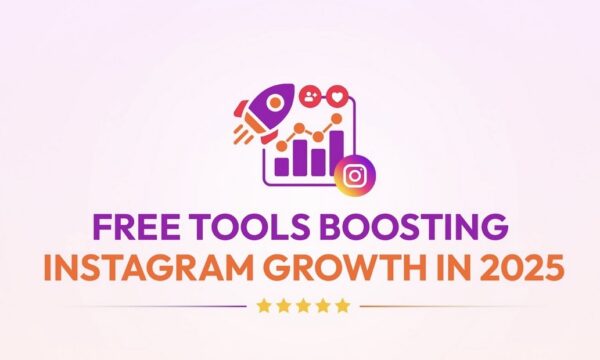What is MVP in software development and why can it save the budget?

Developing a digital product can appear daunting when factoring in high costs and potential risks. The MVP (Minimum Viable Product) strategy provides a practical way to verify a business idea quickly before committing significant investment.
What is MVP?
A Minimum Viable Product is a basic but fully functional version of a software product. MVP is designed to test an idea in the real market quickly and with the lowest possible cost
Rather than developing an application with every planned feature, the focus is on delivering only those elements that address the primary user need. Creating an MVP makes it possible to assess the viability and usefulness of a business concept before pursuing full-scale development. The process can be handled internally or outsourced to an external provider like Scalosoft (https://www.scalosoft.com/software-development/mvp-software-development-services/).
How to create a Minimum Viable Product (MVP)?
The process of creating an MVP follows a series of straightforward, low-risk steps designed to prevent unnecessary use of resources:
Examine the market and define the problem
Before any development begins, it is essential to confirm that the idea addresses a real problem faced by a clearly defined target group.
Specify key features
Identify the single most important feature without which the product could not exist. Focus on this core function and a few supporting elements, leaving secondary features for later stages.
Build and launch
Develop an initial, simplified version of the product and release it to early users as soon as possible.
Collect feedback and analyse
Observe how users interact with the product, gather their feedback and review analytical data. This stage highlights what performs well and what requires improvement, providing direction for the next development phase.
Top five reasons to test an idea with an MVP
The MVP approach is a practical strategy that offers measurable business advantages. Below are some of the key benefits it provides.
Focus on core features
An MVP encourages concentration on what truly matters. By avoiding unnecessary additions, development time and costs are reduced while ensuring the product delivers genuine value. The result is a simpler, more affordable and more intuitive solution.
Shorter time-to-market
Developing a simplified version of a product requires significantly less time than building a complex system. A faster time-to-market enables a business to stay ahead of competitors, begin generating revenue and gather feedback from real users much sooner.
Lower risk of failure
The greatest risk in product development lies in creating something that lacks demand. If market interest in an MVP proves limited, losses remain minimal. However, if the idea gains traction, it provides clear confirmation that further investment and development are worthwhile.
Tailored to a specific business challenge
An effective MVP is like a precisely aimed shot – it solves only one problem, but a very burning one. This focus makes the product extremely useful for the target group and gives it a better chance of success than a complex tool that tries to win everyone’s heart.
Foundation for future growth
An MVP marks the starting point of a product’s journey. Feedback gathered from early users becomes the cornerstone of ongoing development, helping to identify which features are essential and which can be set aside.
Conclusion
The MVP approach offers a safe and pragmatic method for creating digital products. Rather than relying on assumptions about customer preferences, it allows direct insight through a functional prototype. This strategy transforms uncertainty into measurable data and establishes a strong foundation for future success.
The editorial unit

























Facebook
Twitter
Instagram
YouTube
RSS